Where Switzerland stands on passive smoking
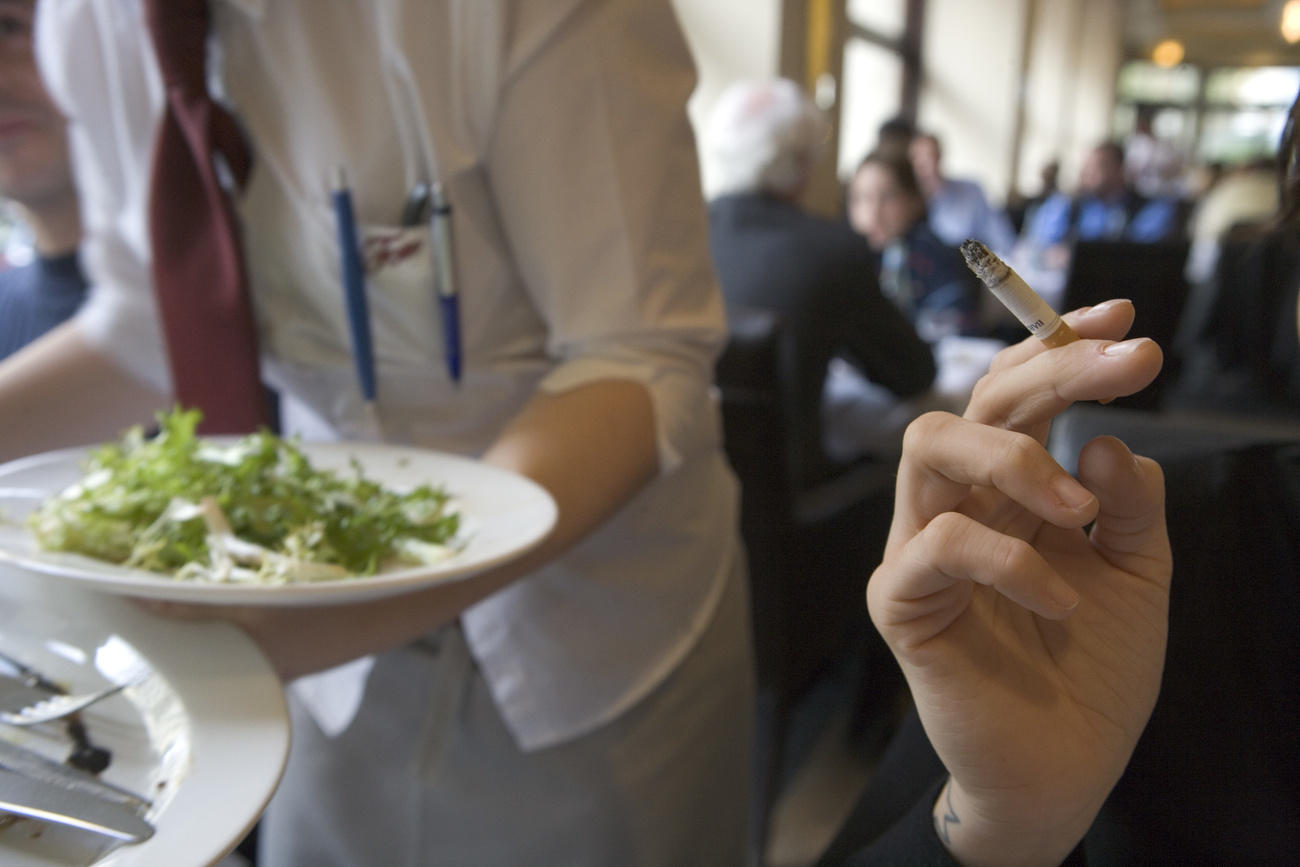
It’s been a decade since Swiss restaurant meals came with a side order of cigarette smoke.
On May 1, 2010, a national law to protect people from passive smoking took effect in Switzerland. Before then, it was still possible to smoke in indoor public spaces such as restaurants, bars, schools, hospitals, dance clubs and shopping malls.
Before the law’s implementation, restaurant and bar owners in particular worried they would lose business. But in 2010 – the year the ban came into effect – people in Switzerland spent over 13% more on eating out and going for drinks than they had the previous year. When those figures came out, GastroSuisse, the national federation of hoteliers and restaurants, noted that ban had not had the negative impact feared by so many.
“In general, the smoking ban was actually very well implemented in the hotel industry. The same applies to restaurants and bars,” Vinzenz van den Berg, spokesman for trade association HotellerieSuisseExternal link, told SWI swissinfo.ch.
“Practically all hotels today only offer non-smoking rooms, which is very much appreciated by smokers as well as non-smokers,” he added.
Smoking still possible indoors
Thanks to fumoirs, many establishments have been able to please smokers as well as non-smokers. And while anyone landing at Zurich Airport will likely have noticed the drab smoking booth between baggage claim and customs, there are certainly some grander options.
“Luxury hotels in particular have created very stylish fumoirs with good ventilation and a wide array of cigars. So they’ve even been able to expand their offerings,” van den Berg pointed out. At the same time, bars and cafés under 80m2 may apply for “smoking” status in their cantons.
The Swiss Lung LeagueExternal link finds that fumoirs and smoking establishments can be problematic.
“The ventilation regulations leave some room for interpretation. Service personnel are therefore insufficiently protected. It is also disturbing that smoking in sports stadiums is not regulated,” spokeswoman Andrea Adam told SWI swissinfo.ch.
Smokey-grey zones
The ban – which applies only to indoor spaces – does not include outdoor restaurant seating, for example. It is up to proprietors to decide whether or not to designate smoking and non-smoking sections – a potential disappointment during fine weather, depending on one’s preferences and which way the wind is blowing.
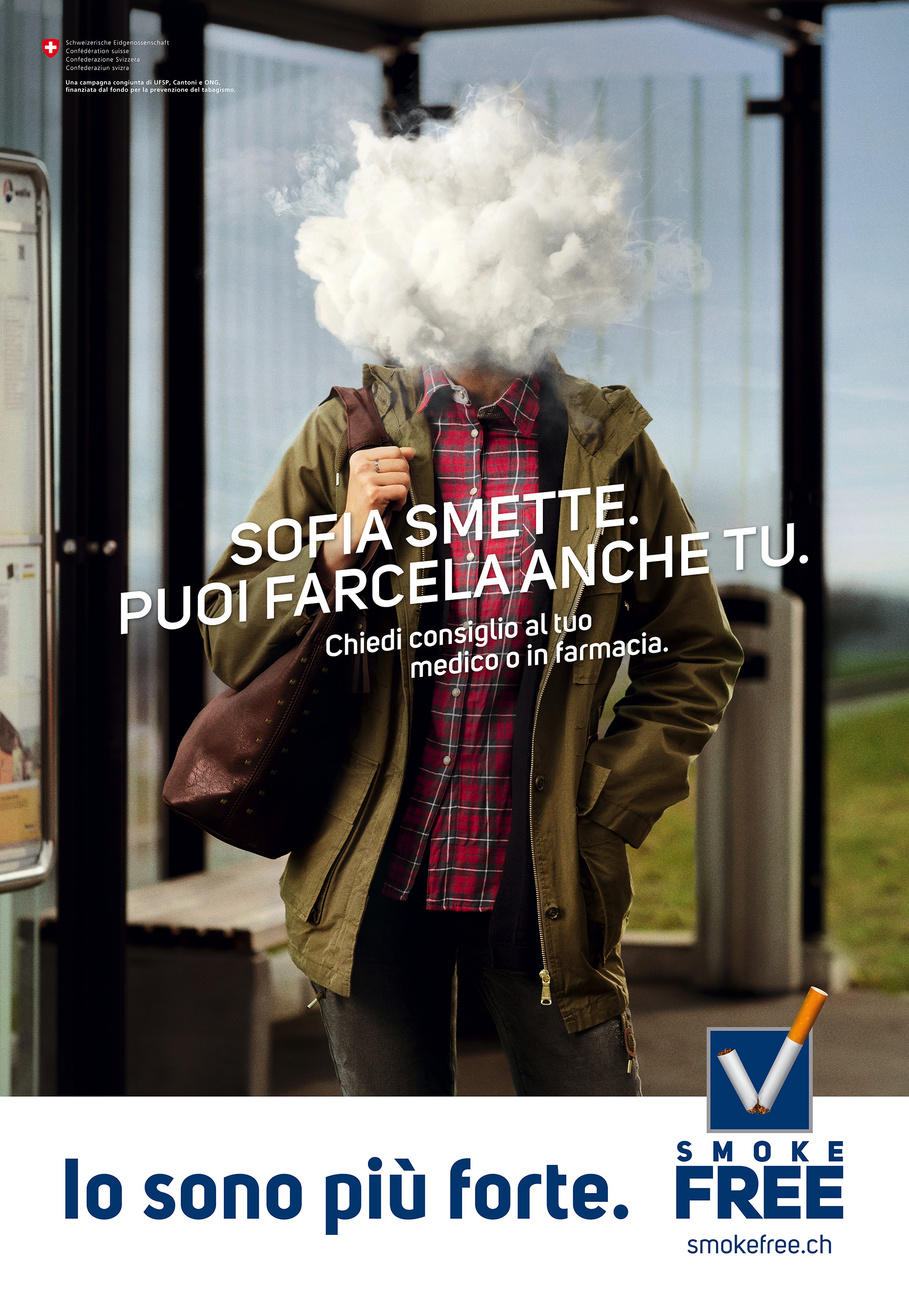
More
Does smoking in public affect Swiss tourism?
There has been some momentum to improve conditions for train travelers in Switzerland. In 2005, the Swiss Federal Railways did away with smoking carriages on trains – partly because even smokers didn’t like to linger inside them.
Last year, the Association of Public Transport backed a voluntary ban on smoking inside train stations – except for designated areas near entrances and on the platforms. It’s expected that nearly all stations will have made adjustments by mid-2020.
Compliance, however, is hard to enforce. The Lung League finds the measures inadequate.
“We had hoped for more courage on the part of the Swiss Federal Railways because the solution reached with the smoking zones is not really satisfying for smokers or non-smokers,” Adam said.
She also highlighted another concern related to travel and smoking within enclosed spaces: “Many European countries have introduced a ban on smoking in cars if children or pregnant women are present. Switzerland should follow suit.”
Smoking and health
According to the Federal Office of Public HealthExternal link, there has been a big reduction in passive smoking over the past 30 years. Whereas 35% of the population was involuntarily exposed to secondhand smoke for at least an hour a day in 2002, by 2017 the figure was 6%.
“Shortly after the introduction of the first cantonal smoking bans, studies in Switzerland showed a significant decrease in certain tobacco-related diseases,” states the office on its website.
The percentage of the Swiss population that smokes has been on the decline. In 2001 it was 33%; in 2017 it was just over 27%. Among 15-to-24-year-olds, the figure is nearly 32%.
In Switzerland, tobacco consumption kills 9,500 people a year and is responsible for 15% of deaths, reports to the health office.
Among those who smoke daily, 60% surveyed by Addiction Switzerland say they want to quit.
Because of the threat coronavirus poses to lungs, the health office has launched a video campaign urging smokers to see Covid-19 as a chance to quitExternal link or cut back.
What do you think? Let us know in the comments or contact the author of this article on Twitter: @SMisickaExternal link
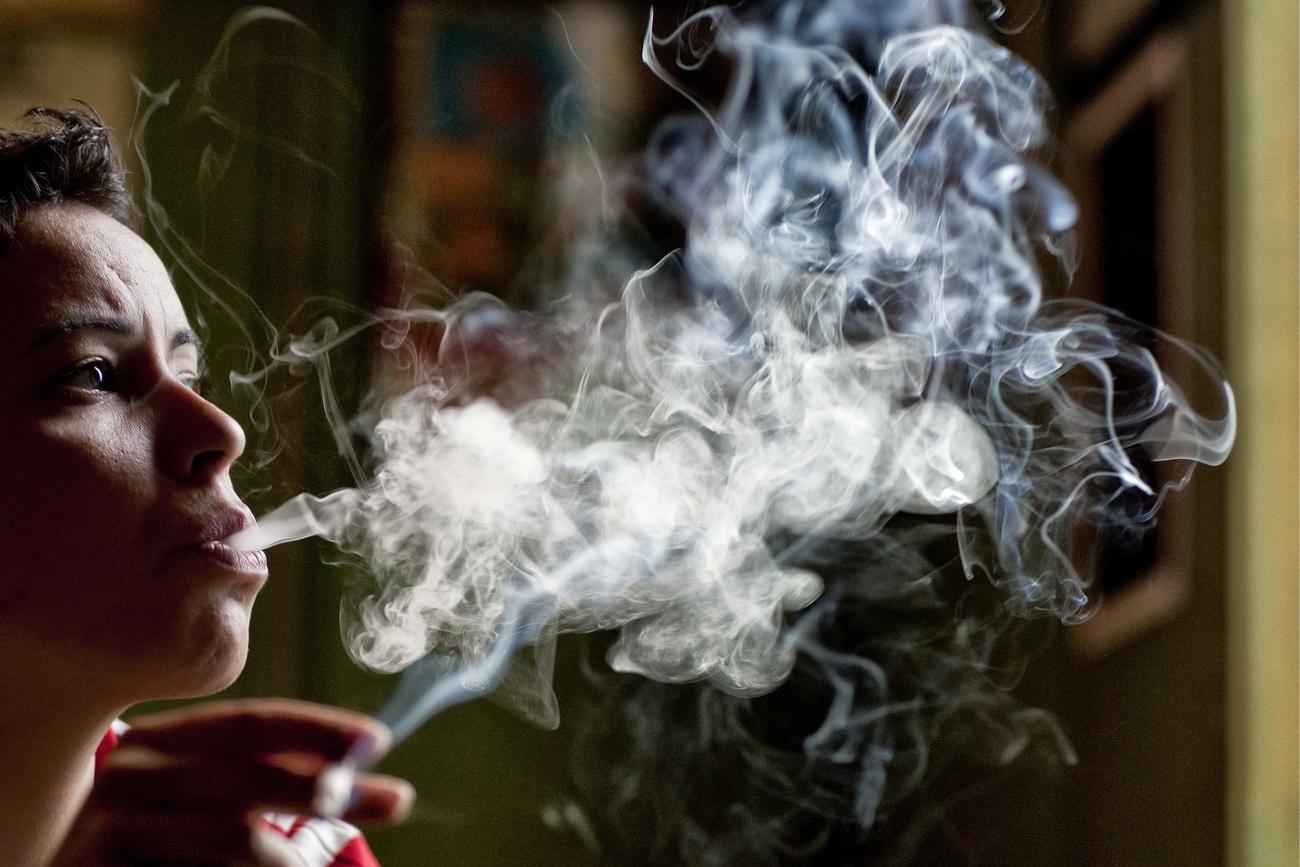
More
Will tobacco-friendly Switzerland change its tune on smoking laws?

In compliance with the JTI standards
More: SWI swissinfo.ch certified by the Journalism Trust Initiative









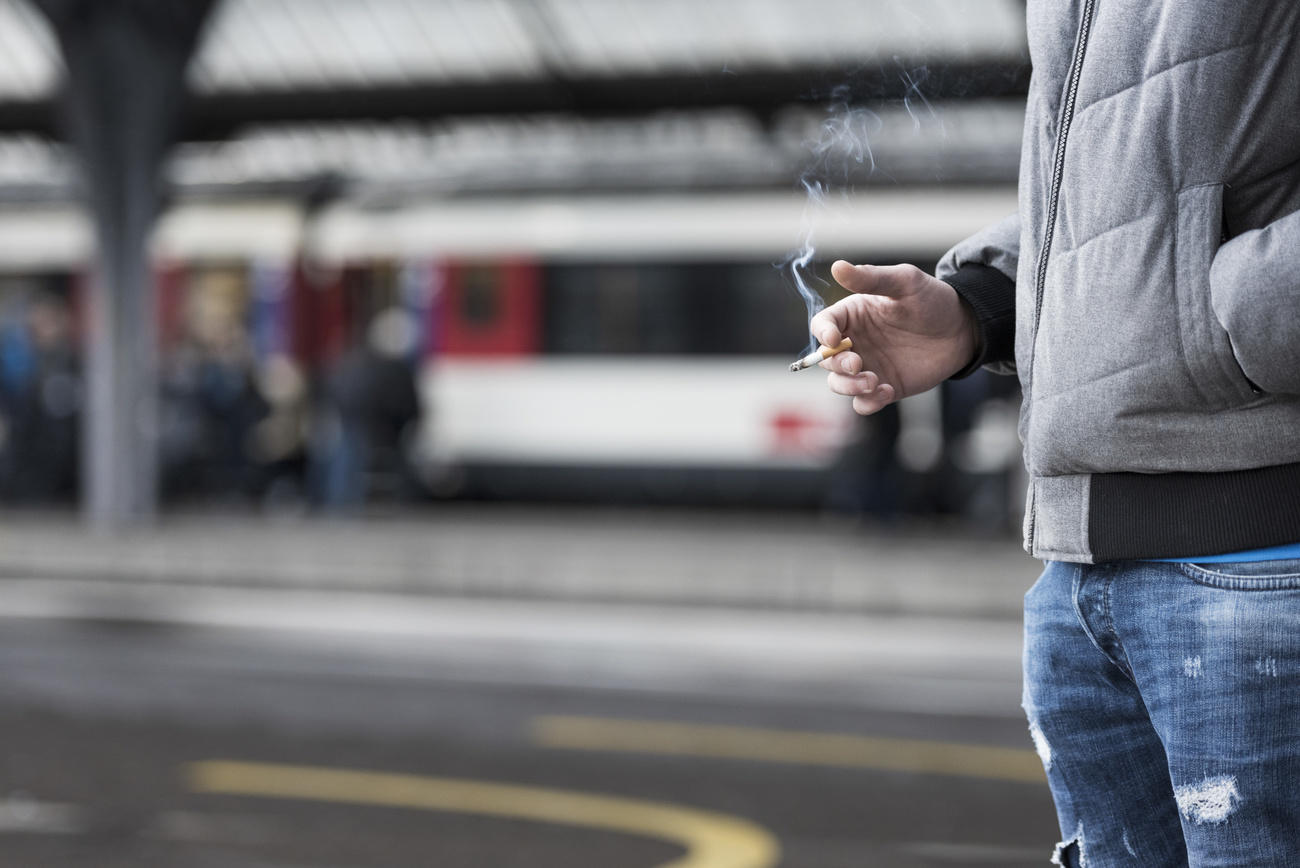
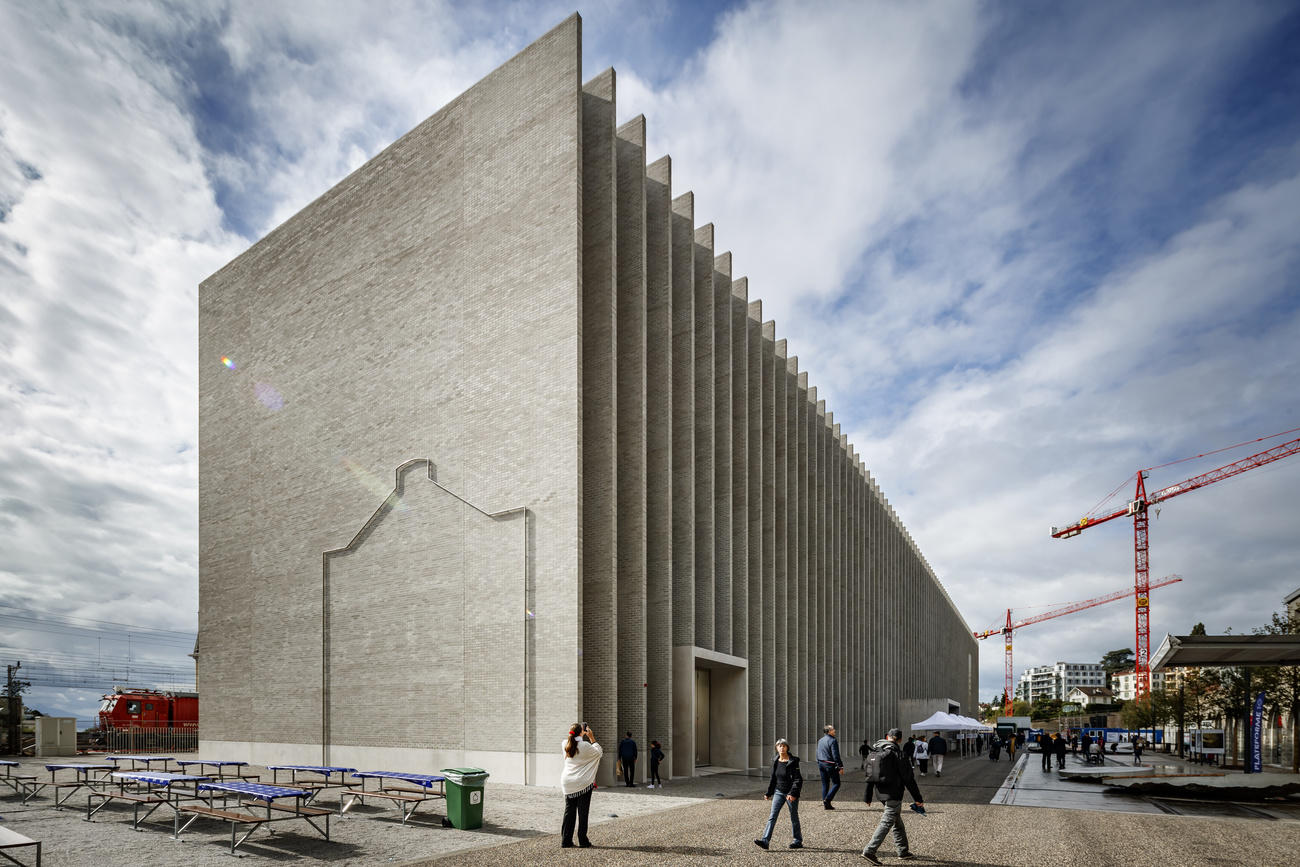

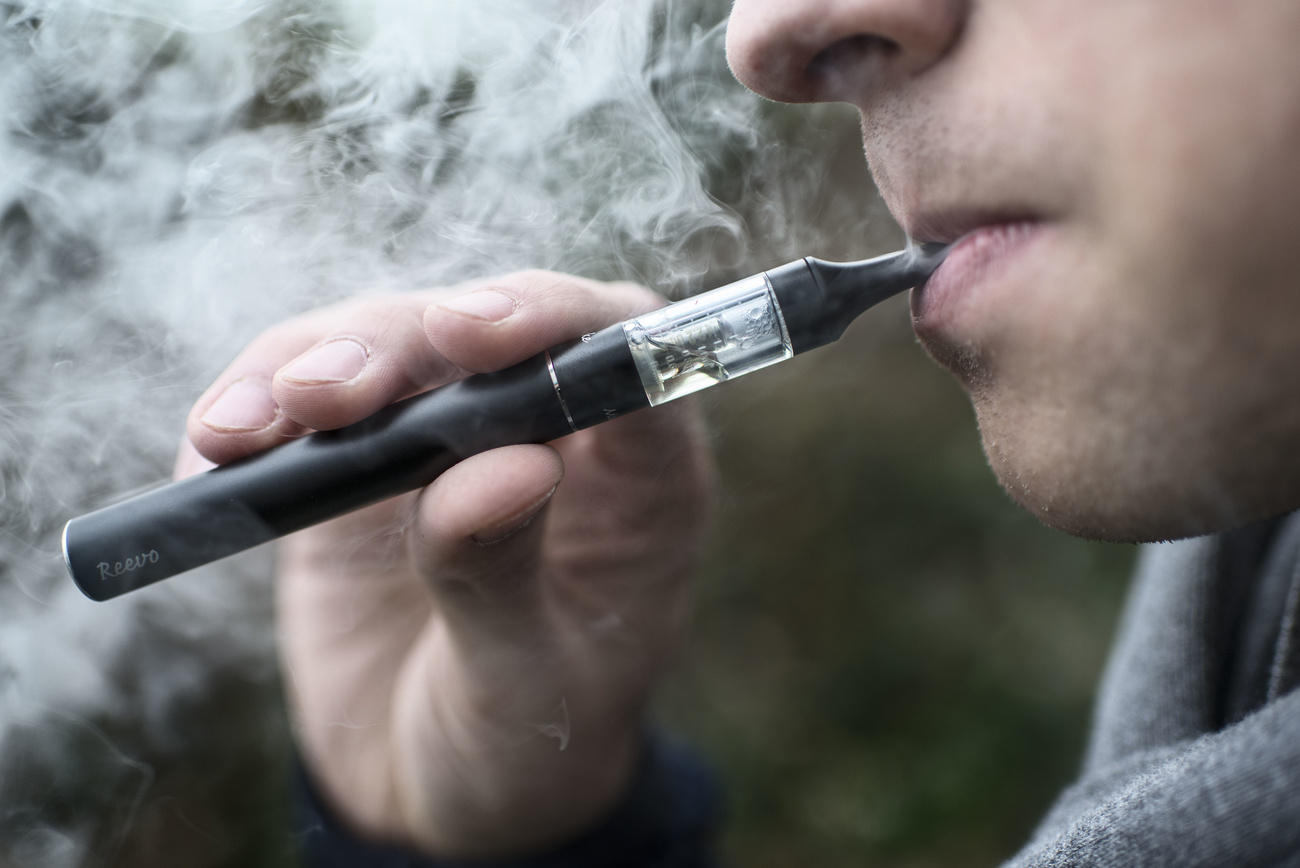

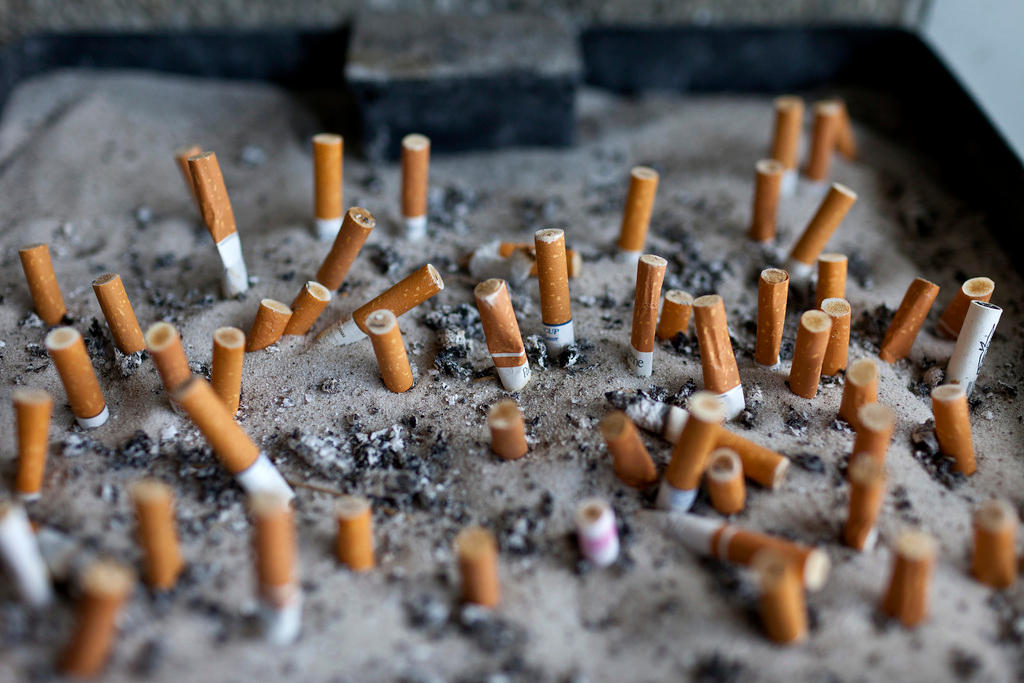
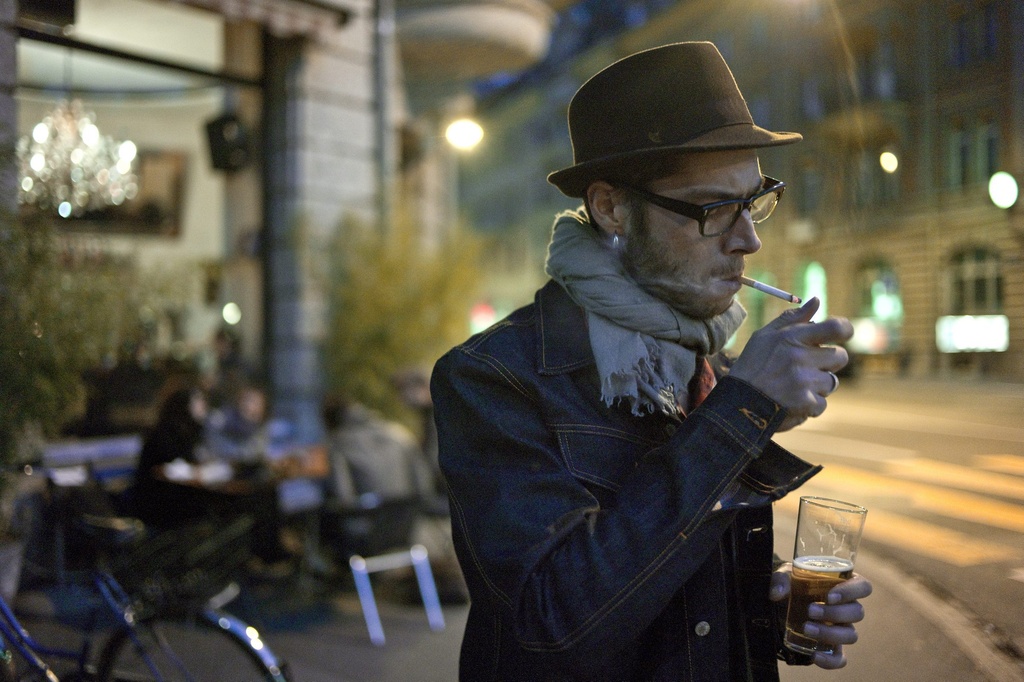
You can find an overview of ongoing debates with our journalists here . Please join us!
If you want to start a conversation about a topic raised in this article or want to report factual errors, email us at english@swissinfo.ch.